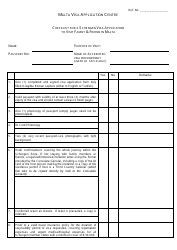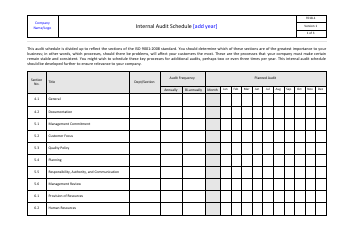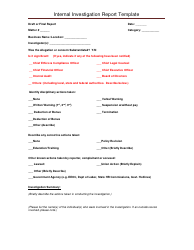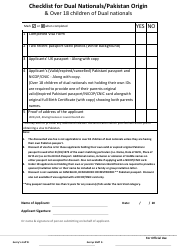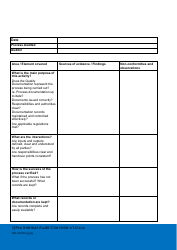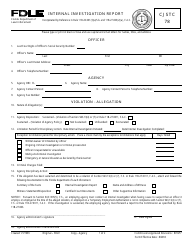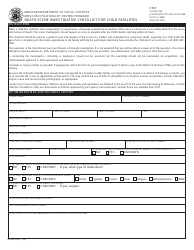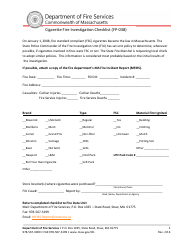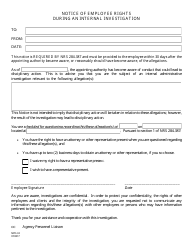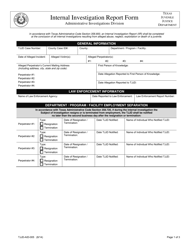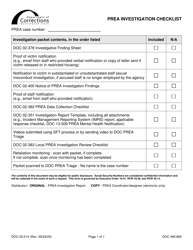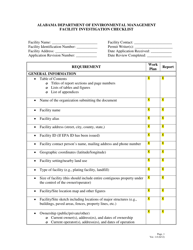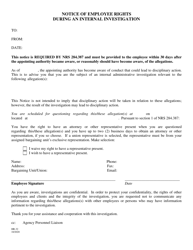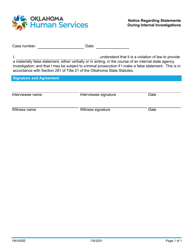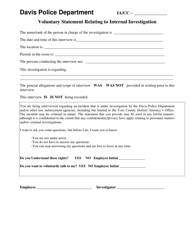Conducting Internal Investigation Checklist Template - Bullivant Houser Bailey
The Conducting Internal Investigation Checklist Template - Bullivant Houser Bailey is a tool that helps organizations in conducting internal investigations. It serves as a guide to ensure that all necessary steps and considerations are taken into account during the investigation process.
FAQ
Q: What is the purpose of conducting an internal investigation?
A: The purpose of conducting an internal investigation is to uncover and address any potential misconduct or wrongdoing within an organization.
Q: When should an internal investigation be conducted?
A: An internal investigation should be conducted as soon as there is suspicion or allegation of misconduct or wrongdoing.
Q: Who should be involved in an internal investigation?
A: The individuals involved in an internal investigation typically include members of management, human resources, and legal department.
Q: What steps should be followed in an internal investigation?
A: The steps in an internal investigation usually include gathering information, conducting interviews, analyzing evidence, and making a determination or recommendation.
Q: What are the legal considerations in conducting an internal investigation?
A: Legal considerations in conducting an internal investigation include maintaining confidentiality, following privacy laws, and ensuring fairness and consistency.
Q: What are some challenges that may arise during an internal investigation?
A: Challenges that may arise during an internal investigation include uncooperative employees, incomplete or conflicting information, and potential legal implications.
Q: What are the possible outcomes of an internal investigation?
A: Possible outcomes of an internal investigation include disciplinary action, policy changes, training programs, or further legal action.
Q: What are some best practices for conducting an internal investigation?
A: Best practices for conducting an internal investigation include conducting investigations promptly, ensuring impartiality, and documenting all steps and findings.









